- Features
- Solutions
- Pricing
- Resources
- Contact
- Book a demo
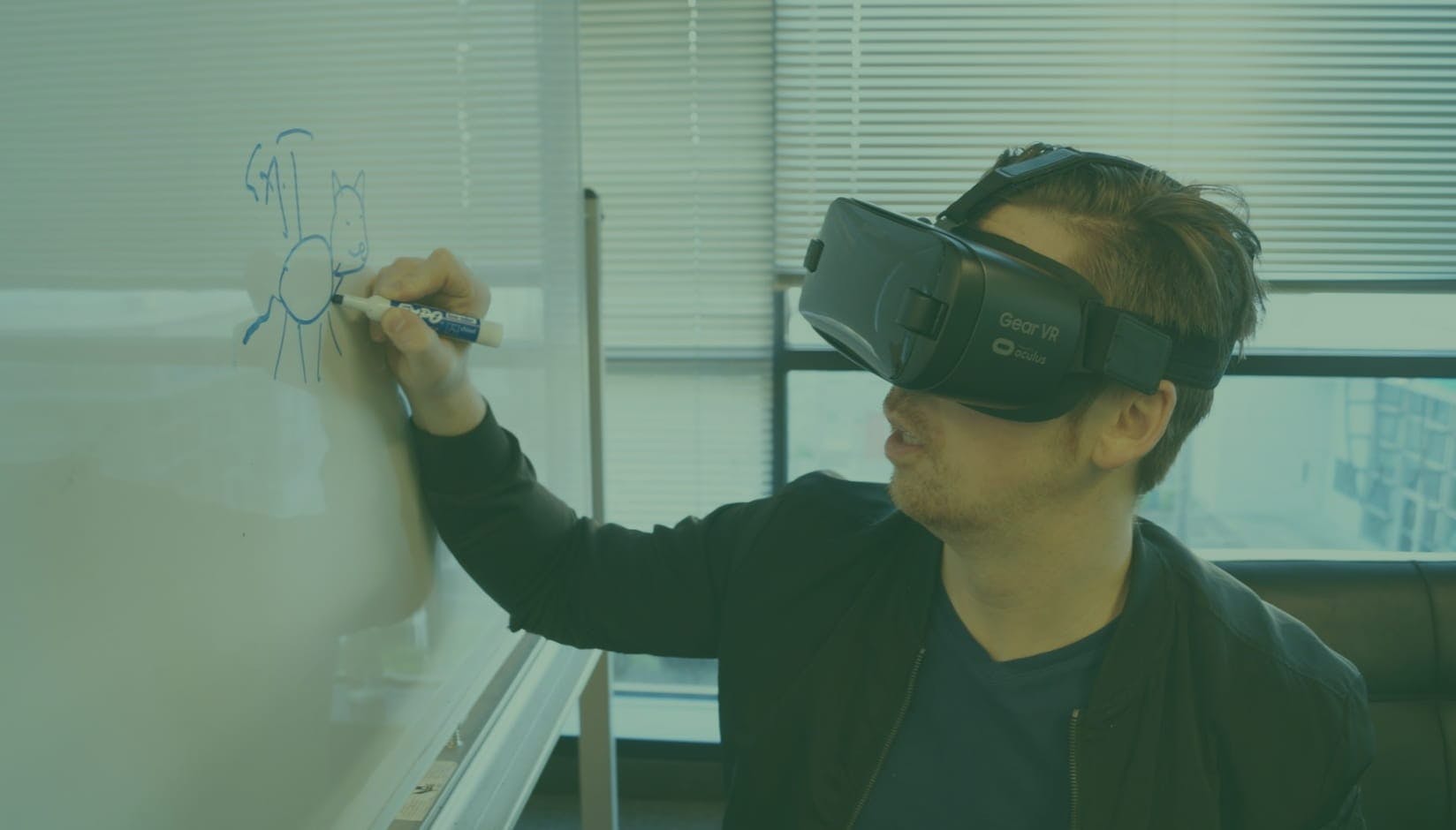
As technology becomes more and more advanced, many of us wonder, what is the new digital frontier? Where can technology go from here, or, more importantly, where can it take us?
So. Many. Questions.
Recently, the term Metaverse has been somewhat casually thrown around. Some use the term as shorthand for a dystopian future, whereas others have it synonymous with hope and excitement.
In the late 2010s, Metaverse became term-limited to gaming and has appeared in pop culture.
You can see this in the blockbuster film Ready Player One.
However, with the advent of Covid-19, these digital spaces are evolving into more than recreational areas. Instead, some companies have ventured out to create shared work environments or digital meeting rooms.
Some companies have just begun exploring digital space for other uses, such as professional collaborative space.
One such example is Facebook's Horizon (otherwise known as Facebook Workrooms). While some users are excited about this new venture, others admonish it for its clunky technology and overly-complicated interface, and lack of simple design.
Regardless of your personal feelings for Facebook's next step into the digital collaborative space, it raises an interesting question. Where is the intersection between coworking spaces and the Metaverse? What does it look like?
And most importantly, what does it all mean?
This article is the equivalent of a Digital Marketing 101 to get you through the paces in understanding Metaverse.
What Is the Metaverse?
For those not as tech-savvy, understanding what the Metaverse is can be overwhelming.
The Metaverse is a parallel digital world where users can enter and interact within a digital space.
There's much arguing about what it means, where we're going, and how we can get there. Yet, before we understand where we're going, we have to know how this idea came into being.
Metaverse is different because you can interact with the digital world instead of passively absorbing the information. Take, for example, digital coffee shops on YouTube.
Technically, this space isn't a metaverse since you can't interact with it. Instead, the area is only ambient sound to recreate a physical space. The Metaverse, on the other hand, is its own space entirely.
The History of the Metaverse
So, where did the term Metaverse come from?
While it's getting a lot of buzz recently, the idea is a few decades old.
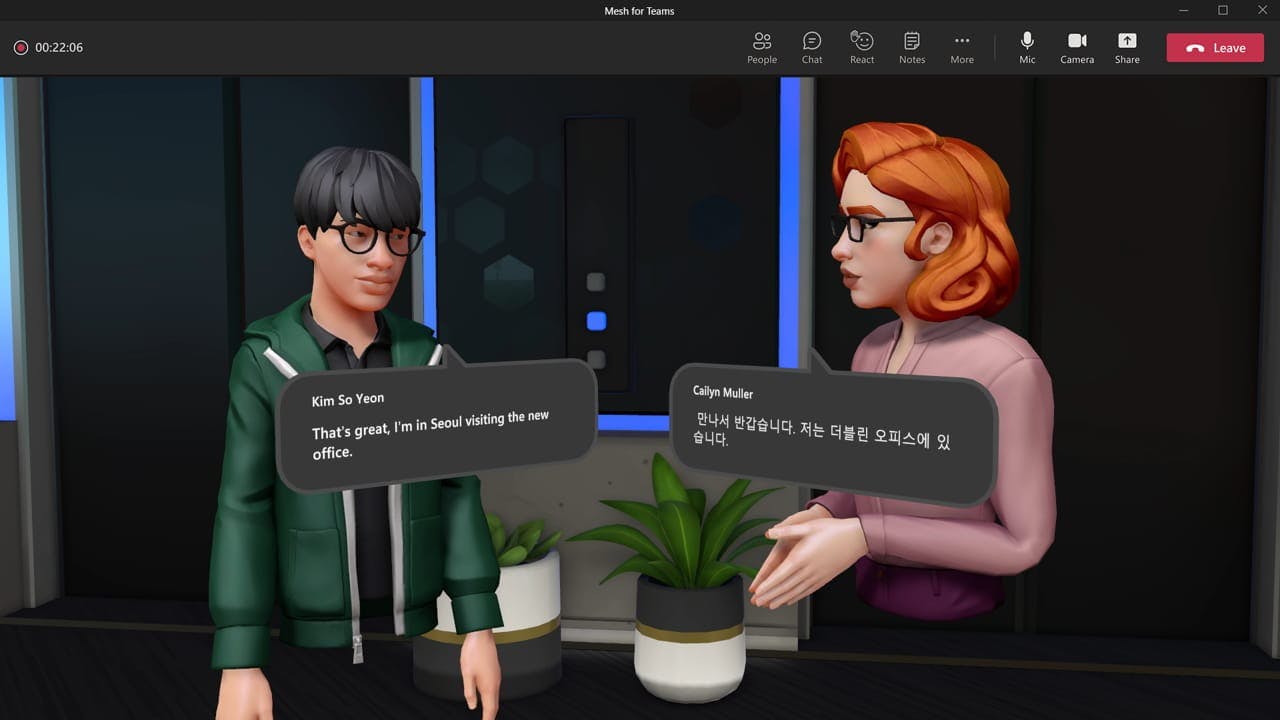
The Metaverse concept was initially born in a dystopian novel by Neal Stephenson Snow Crash in 1992.
The novel was a commentary on the intersection of religion, computer science, and politics, and it was here that the Metaverse was firstborn.
Possibly the most famous example of a metaverse is in the world Ready Player One, which came out in 2011 but was just made into a blockbuster movie in 2018, in which the character dives into a digital world.
Fast-forward to the present day, the concept of Metaverse is alive and well, but admittedly looking much different from how it was depicted in fiction dystopian novels (thank God for that).
Utilization of the Metaverse
Different platforms are attempting to capitalize on this idea and bring it to actual, physical fruition.
We've already experienced a bit as to what this means.
For those familiar with MMPORG's you know what we mean. Or we have the MMORPG (or massively multiplayer online role-playing game), where users enter a story-driven video game where they interact with many players.
Decentraland
Decentraland is one such place where users can go on the Blockchain and Create, explore and trade in the first-ever virtual world owned by its users. Right now, this place seems to be focused solely on gaming and trading.
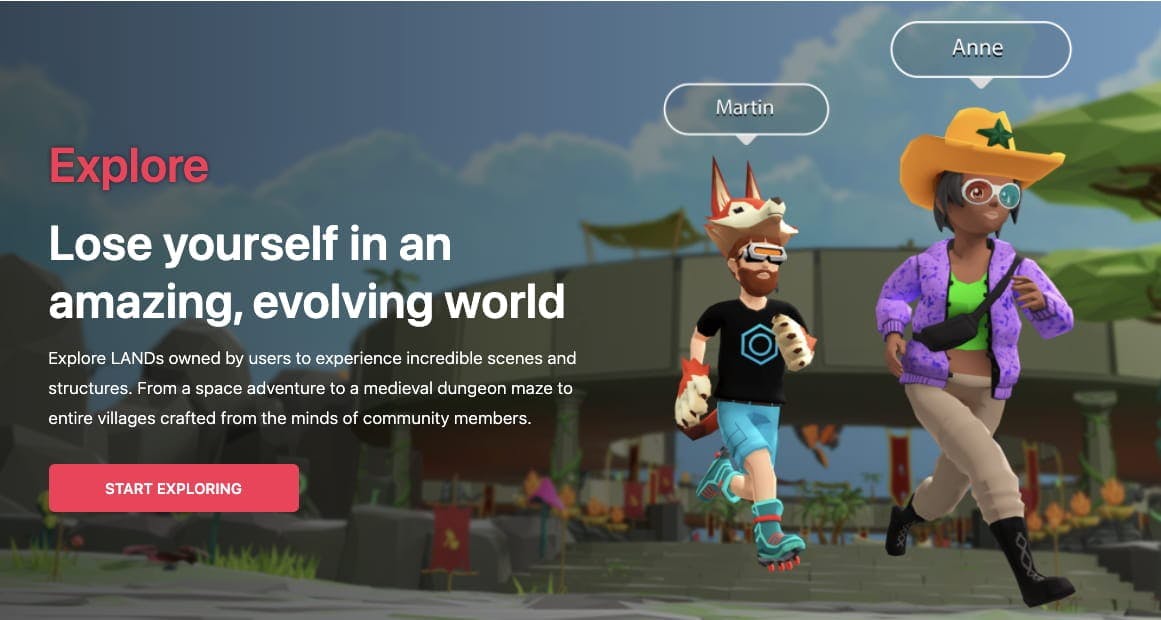
Explore the digital world, built from the users' minds like a medieval dungeon maze. You can also trade digital assets here.
Facebook
Facebook, of course, is another such company. This multi-billion dollar social media company recently announced the launch of their Horizon's Workroom—a digital space where members of the same team can hash out ideas in a virtual room together.
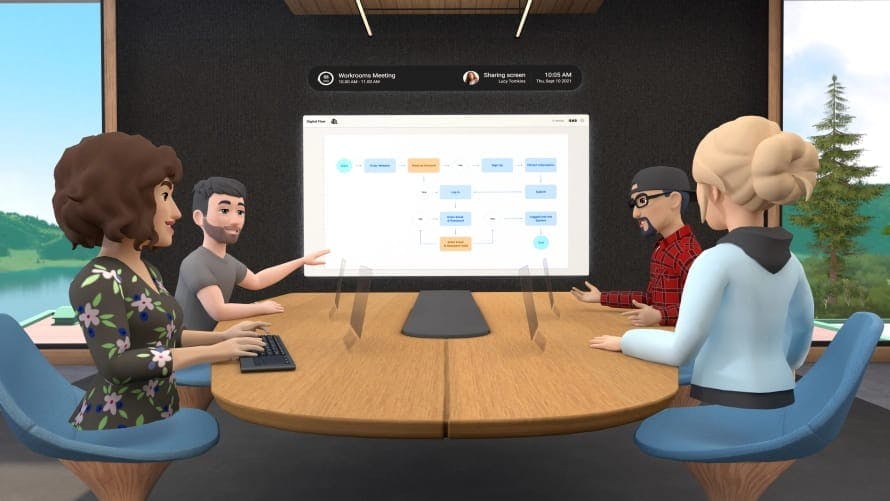
Some of the features of Facebook's room are pretty successful.
Take, for example, their use of spatial audio. With this technology, other users' voices sound like it's coming from the direction relative to where you are in the digital space, creating a practical reality that you and your coworker are sharing the same area.
Or, take the technology's ability to look both in the digital space and outside of the space at your own will. Features like these are advanced and help craft a believable space.
However, it’s not all love for Facebook Workrooms. Some consumers have admonished the new technology. For one, the technology needs more work to enter the chatroom, like how the entrance is convoluted and needlessly complicated.
Discord
It isn't the first time that an entertainment platform has morphed into an educational and workplace. Take Discord, which was initially founded in 2015 and was created for gaming purposes.
As more and more of us work remotely, Discord seems to evolve with us. More companies are using Discord for remote work and virtual workspace. As employees work from home more and more, it looks as though we'll only continue to see ingenuity when it comes to developing digital workspaces.
Remote Working: The Facts
Exactly how many of us are working from home? Is it here to stay? According to multiple sources, it does seem as though this trend is here to stay for the foreseeable future.
A few statistics highlight just how many people are working remotely. CNBC reports that 1 in 4 Americans will work remotely by the end of 2021. By this estimation, 1 in 4 people has never met their coworkers, let alone work in the same room as them.
What's more, Upwork reports that 36.2 million Americans will be working remotely in 2025, which is an astounding 87% increase from before Covid-19.
Even for the companies that have kept employees in an office, most have adopted a hybrid model. In fact, in 2021, a study found that 70% of companies have adopted such a model.
Some of the companies that have enacted this hybrid model are Adobe, Spotify, and Twitter, hoping it’d help with employee retention.
Another study by Microsoft found that 66% of companies are actively redesigning their workplaces to accommodate such hybrid models.
By these numbers, it's safe to say that remote working is here to stay.
As we push more and more into the digital future, the chances are that millions of workers will have never stepped foot in their workplace or even met their coworkers.
Humans are social creatures, and while we may be doing away with water cooler talk, there still needs to be some social interaction. That's where virtual reality and design come into play. It was created to feed that social urge while giving workers the ability to work from anywhere in the world.
Generate recurring revenue and offer exceptional customer experience at your shared or coworking space
Virtual Reality and Design
Some companies have already begun to employ virtual spaces and company simulations to design their products better.
Recently, BMW paired with NVIDIA and created a metaverse-like workplace where multiple users can collaborate and improve designs in real-time in the same virtual space.
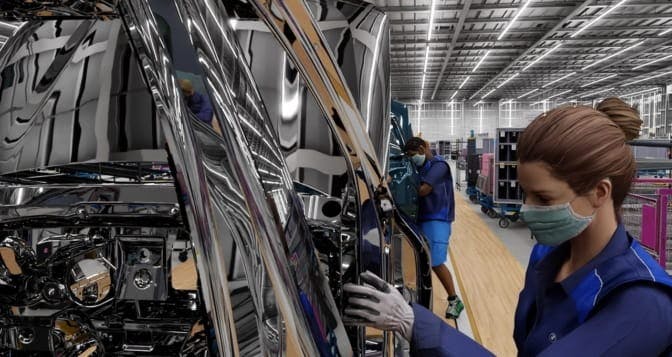
The AI factory has brought a full suite of NVIDIA technologies on Omniverse.
BMW regularly reconfigured our factories to accommodate new vehicle launches. Now, thanks to Omniverse, that doesn't mean workers have to travel. The space comes complete with trained digital humans, testing new workflows for worker ergonomics and efficiency.
In short, NVIDIA and BMW have designed a complete virtual reality to improve their efficiency. It has been designed to mimic real-world locations and brings these elements with them.
BMW and NVIDIA are pioneers in this digital space; it's only a matter of time before more companies follow suit.
How Will the Metaverse Look?
Since the Metaverse is still in such a new phase of its life, it's difficult to imagine what one Metaverse will look like. Whether it will be similar to Virtual Meeting Platforms or be something similar to the game world the movie Free Guy is hard to say as of now.
However, there have been similar virtual spaces that we can guess based on the designs so far.
The Metaverse will look like whatever workers want. That's the beauty of digital space. It's not bound by one mind, one creation, physical barriers, or anything of the sort. Digital rooms have profound flexibility, unseen in much before.
Oculus Home
Oculus Home has made quite the name for itself for a place with digital space.
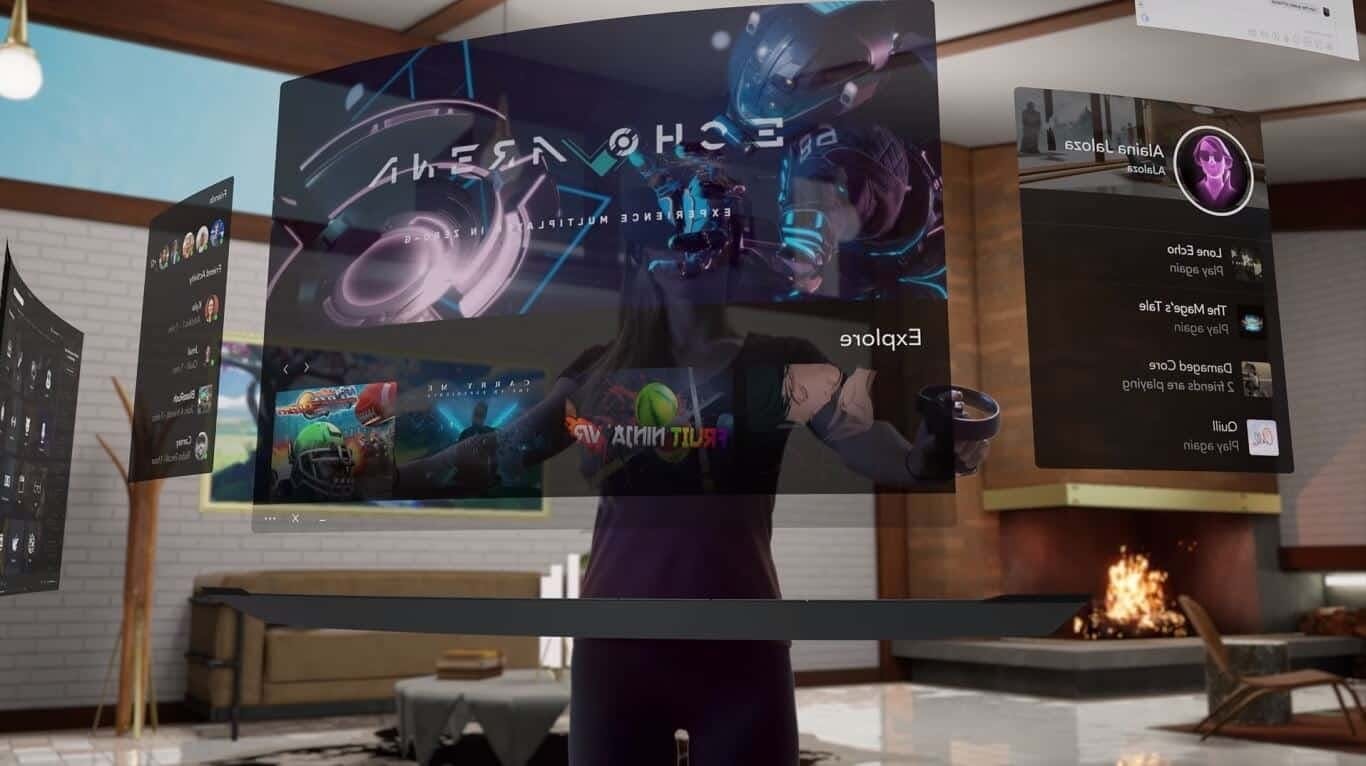
Oculus Home has several locations designed so far, including a home space station with stunning panoramic views, multiple seating areas, hard and soft textures, and a green wall.
Other examples of the Oculus Home have many elements that we would find beneficial with shared work environments.
Their pirate lookout bursts with:
- Natural light
- Open views
- Broad plant life
- An open work environment
In this way, it's a little interesting because these are all elements of successful coworking spaces. It opens the question of when will Oculus Home branch over to create shared digital workspaces?
Will Coworking Spaces Follow, Lead, or Both?
Of course, we're no stranger to artistic coworking spaces that resemble gaming or internet cafe locations, as there are a lot of areas like that that currently exist.
C-Base
Let's take the example of C-Base, the first coworking space. Also known as Hackers Base, this shared coworking space was founded in Berlin in the 1990s.
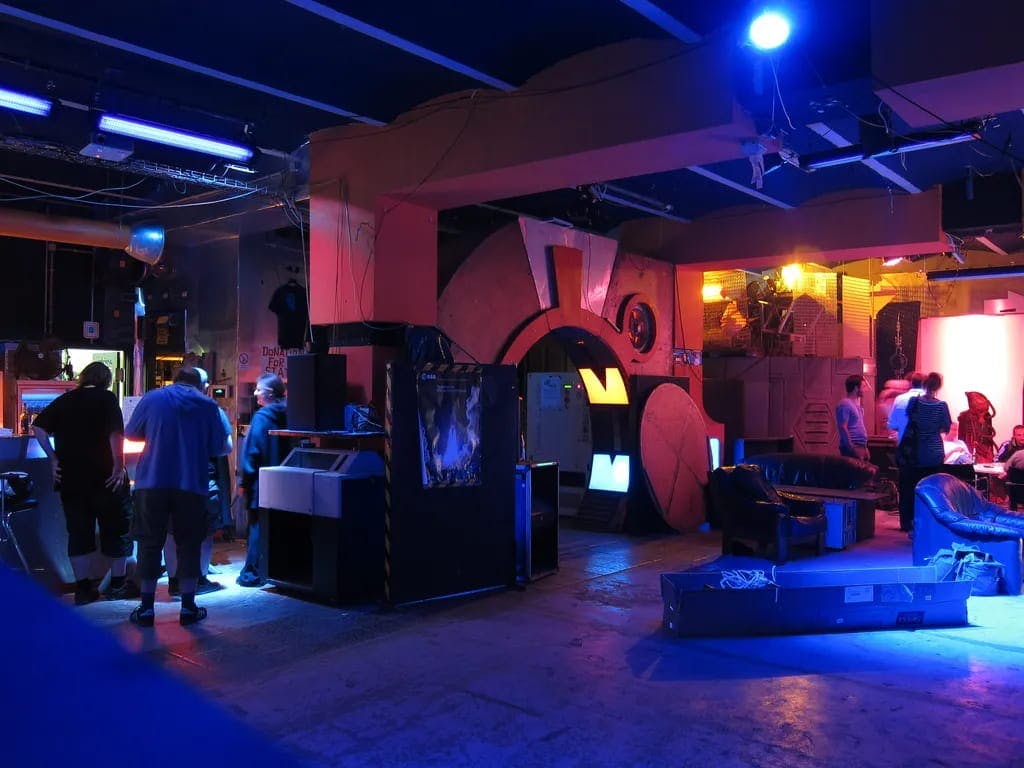
The images from the hacking base are almost surreal: the base features low-light, filled with drastic neon colors, crafting an underground atmosphere that undoubtedly fuels the creativity of the target audience: hackers and people in the technology space.
These melds of gaming and coworking spaces make it evident that coworking spaces are headed for the virtual world. The difference between a gaming and internet space and a coworking space is the professional setting and the environment’s needs.
For example, you need cross-functional collaboration in a digital space, so you need more people involved.
NVIDIA
The other problem?
Bulky headsets may wear users down after long hours, which could threaten productivity.
While pushing through the discomfort of sturdy, sweaty headsets may be okay for game playing where the stakes are low, but in a professional world, we can't expect employees to bear the brunt of a heavy headset for eight hours five days a week.
That's why NVIDIA CloudXr is such an impressive next step. The company has combined their NVIDIA CloudXR with GPUs to create NVIDIA RTX Virtual Workstations in Google Cloud data centers.

A virtual Nvidia CEO Jansen Huang delivers a keynote from his virtual kitchen. Image Source
This combination enables users to enter the Metaverse from anywhere. All you need is a strong internet connection.
If their technology works, this could solve many of the issues that come with existing digital workspaces. Users would be free to enter the Metaverse, collaborate, and interact with the digital world without compromising their comfort; indeed, this would lead to heightened productivity.
Regardless, the more advanced technology becomes, the more likely businesses and companies will capitalize on it to become a more efficient, productive, and collaborative business.
In this sense, it seems like it's only a matter of time before more shared coworking spaces enter the Metaverse.
What About Hybrid Workspaces?
As much as virtual workspaces are fantastic, can we ever truly replace the experience of physical workspaces?
You know what I'm talking about: the hustle-bustle of moving through the city, coffee in hand, to your office.
The feeling of making eyes in the conference room while one such annoying coworker speaks. The energy of a place where you're all working towards one goal? Is that enough to give up the flexibility and freedom that comes with virtual working?
Perhaps the answer is a hybrid workspace. Already physical locations exist where users can enter virtual worlds.
Take Gaming internet cafes, for instance. These are physical locations where guests can rent VR headsets. While these cafes are strictly for virtual gaming, as the working world's landscape continues to evolve, it feels like it's almost a matter of time before these locations will spill over to work soon.
This workspace would be an interesting compromise. People can meet physically and then tap into a virtual world for employees and collaborators, not in the same city, state, or country.
What everyone can agree on is that a workspace needs flexibility.
It feels almost unrealistic to expect the best talent will be located in the exact physical location. Surely it will only be a matter of time before workspaces blend the two realities to create an efficient working body.
And in no time shall we have Metaverse trending among the top Digital Marketing Trends of the future.
Final Thoughts
The desire to continuously evolve seems to be embedded into our human nature. We will never stop creating, exploring, pushing, and transforming.
We will always forge ahead, and society bravely stepping forward into digital spaces seems like only a matter of time.
As a result, companies worldwide will undoubtedly follow suit. If creating digital spaces is the key to enhanced productivity, better team collaboration, and improved output, you can expect to see more and more Metaverse’s pop into the mainstream sooner rather than later.
So, what are the immediate next steps? Facebook seems to be capitalizing on the Metaverse, and it appears to be what Zuckerburg hopes will be the revival of a plummeting empire. Other companies, too, are chasing down the Metaverse dream as a way to take their business to the next level.
Whether you think the Metaverse is the exciting next new frontier, or you’re apprehensive of us possibly entering a techno-dystopia, it seems as though the Metaverse is the logical next step in our technology-obsessed world.
Let’s just wait to see if it enhances our productivity, too.
The article was written by Yash Chawlani, a digital marketing consultant based in India. He is the founder of Marveta, a result-oriented digital marketing agency. He specializes in SEO & Content Marketing and helps various B2B & SaaS companies out there with his top-notch marketing strategies. You can get in touch with him via LinkedIn.




